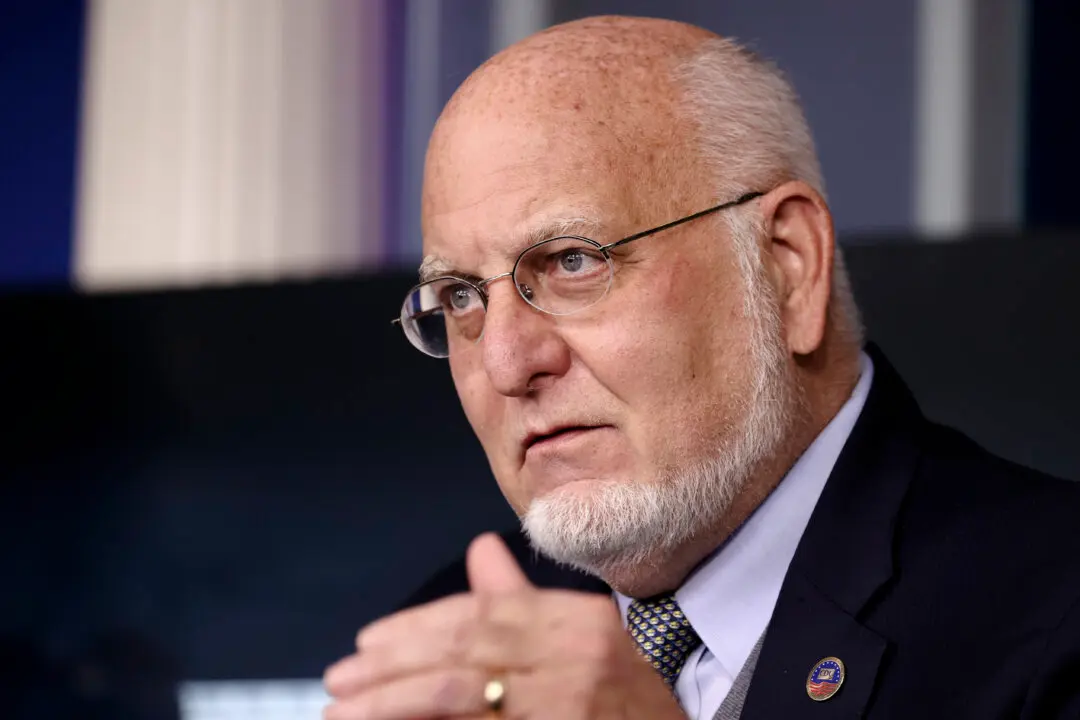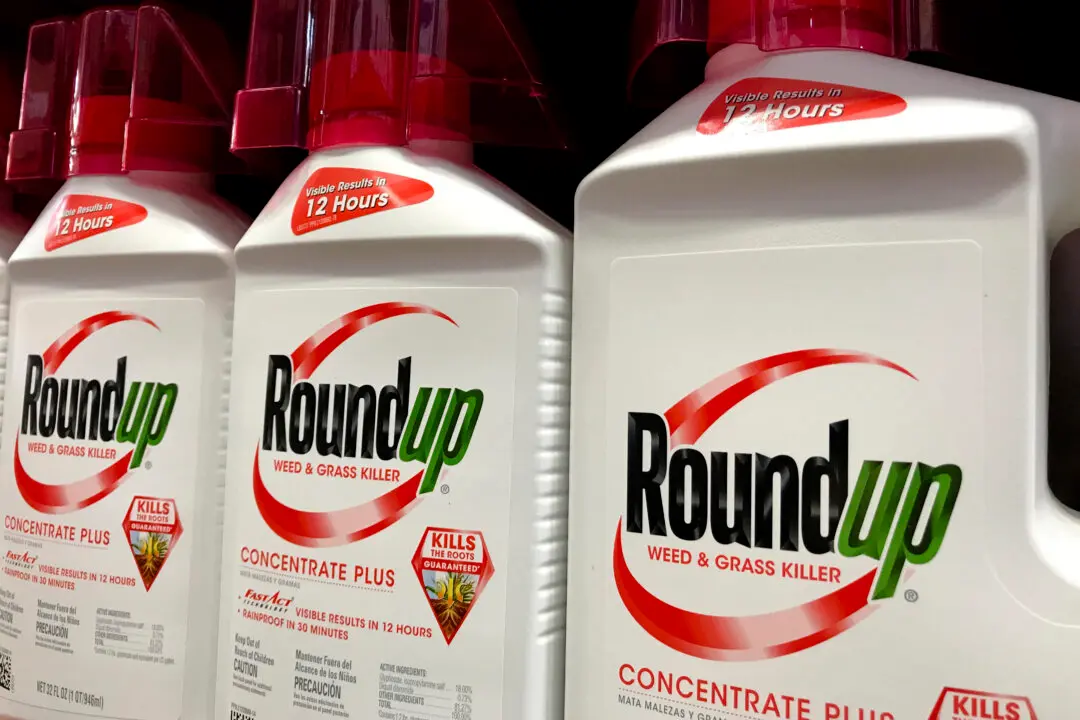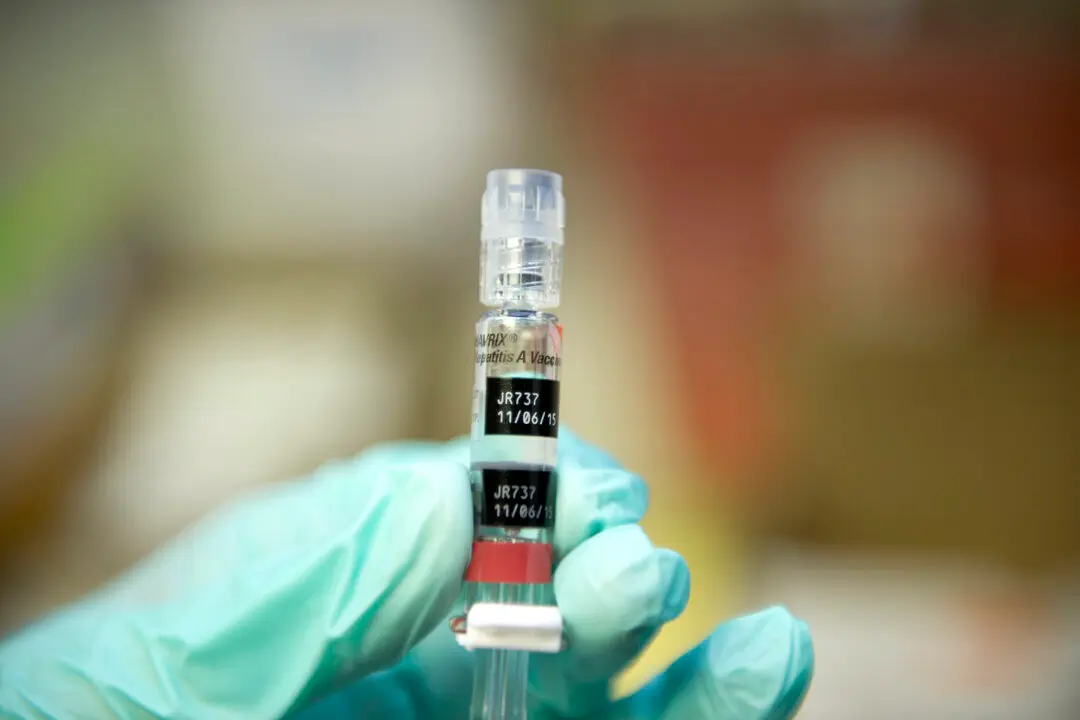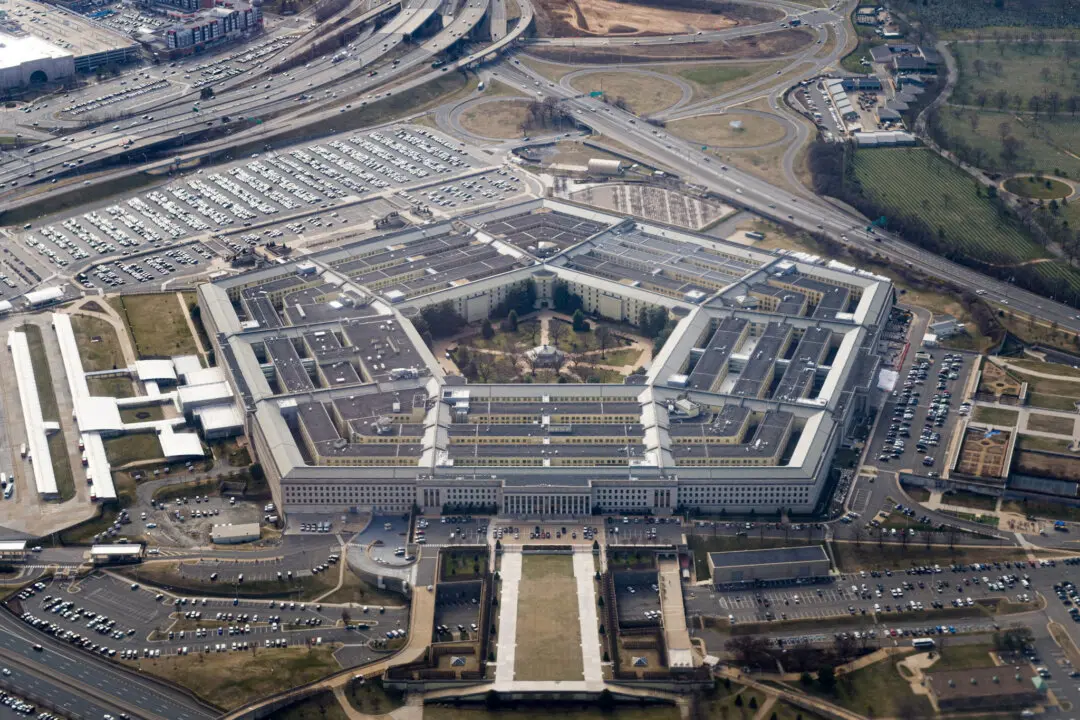Wisconsin Gov. Tony Evers on Nov. 10 called for people to stay at home because the number of COVID-19 cases, hospitalizations, and deaths continue to rise in the state.
“As we put the election behind us, we are called upon to remember the things that unite us and that includes the struggles that we share. We must now return our undivided attention to the COVID-19 pandemic. We must start fighting this virus together, and we must start tonight,” Evers, a Democrat, said during an address to Wisconsinites.





